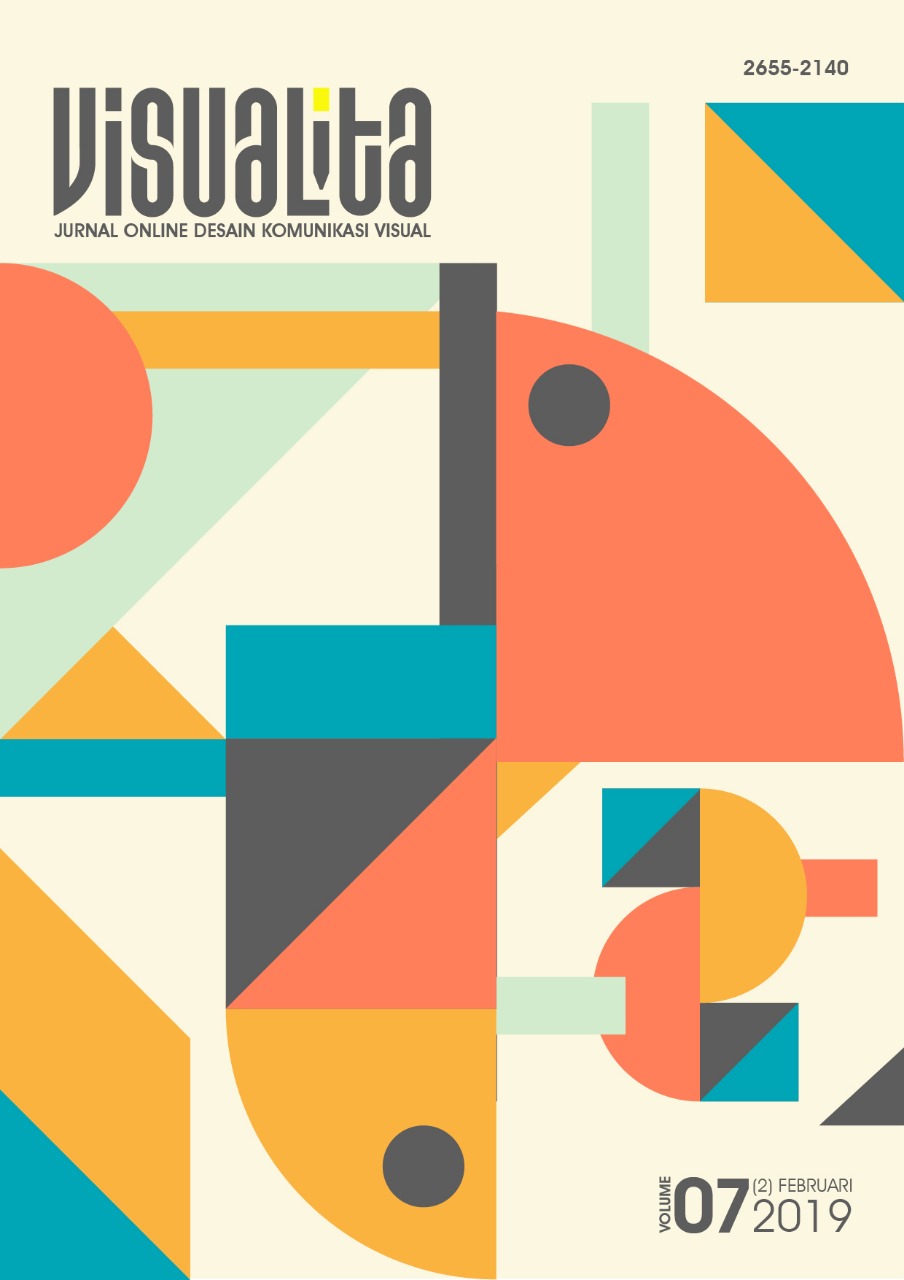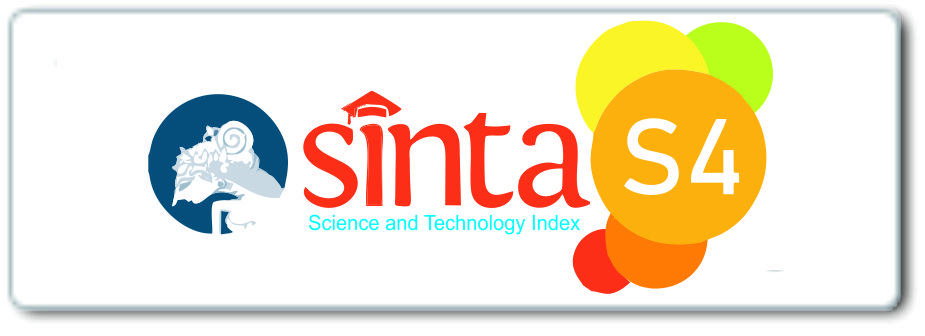CINEMATIC POINT OF VIEW OF "PRIDE AND PREJUDICE" FILM ON 1995 TELEVISION SERIAL FILM AND 2005 MOVIE THEATER
DOI:
https://doi.org/10.33375/vslt.v7i2.1454Keywords:
Film, Cinematic Point of View, “Pride and Prejudiceâ€.Abstract
Film is communication and entertainment media comprising artistic and aesthetic elements. The source of stories in the film can be inspired by various sources, one of them is novel. Pride and Prejudice is one of Jane Austen’s works in which its stories have been adapted in various artworks, such as film. Popular adaptation of Pride and Prejudice with similar title is the feature length film version published in 2005 and tv serial published in 1995. Film has two main elements of film making, namely: narrative and cinematic elements. Both elements related to each other for create cinematic point of view and aesthetic film.
Downloads
References
Ekawardhani, Y., & Natagracia, G. (2012). Kajian Prinsip Pokok Tipografi (Legibility, Readability, Visibility, dan Clarity) Pada Poster Film Beranak Dalam Kubur The Movie dan Jelangkung. VISUALITA, 4(1). https://doi.org/10.33375/vslt.v4i1.1112
Moleong, L.J. (2002). Metode Penelitian Kualitatif (Cetakan ke-16). Bandung: PT. Remaja Rosdakarya Offset.
Nazir, M. (1988). Metode Penelitian (Cetakan ketiga). Jakarta: Ghalia Indonesia.
Downloads
Published
Issue
Section
License
Authors who publish with Visualita agree to the following terms:
- Authors retain copyright and grant the journal right of first publication with the work simultaneously licensed under a Creative Commons Attribution-NonCommercial 4.0 International License.
- Authors are able to enter into separate, additional contractual arrangements for the non-exclusive public distribution and display of the journal's published version of the work (e.g., post it to an institutional repository or publish it in a book), with an acknowledgement of its initial publication in this journal.
- Authors wishing to include items (such as images or other media, or any creative works of others whether previously published or not) must contact the original copyright holder to obtain explicit permission to publish these items in Visualital. Writing permission should include: the title(s) of any copyrighted work, original place of publication if applicable, and an acknowledgement of having read Visualita copyright notice. Authors are responsible for obtaining this permission and keeping it in their own records for later verification.






